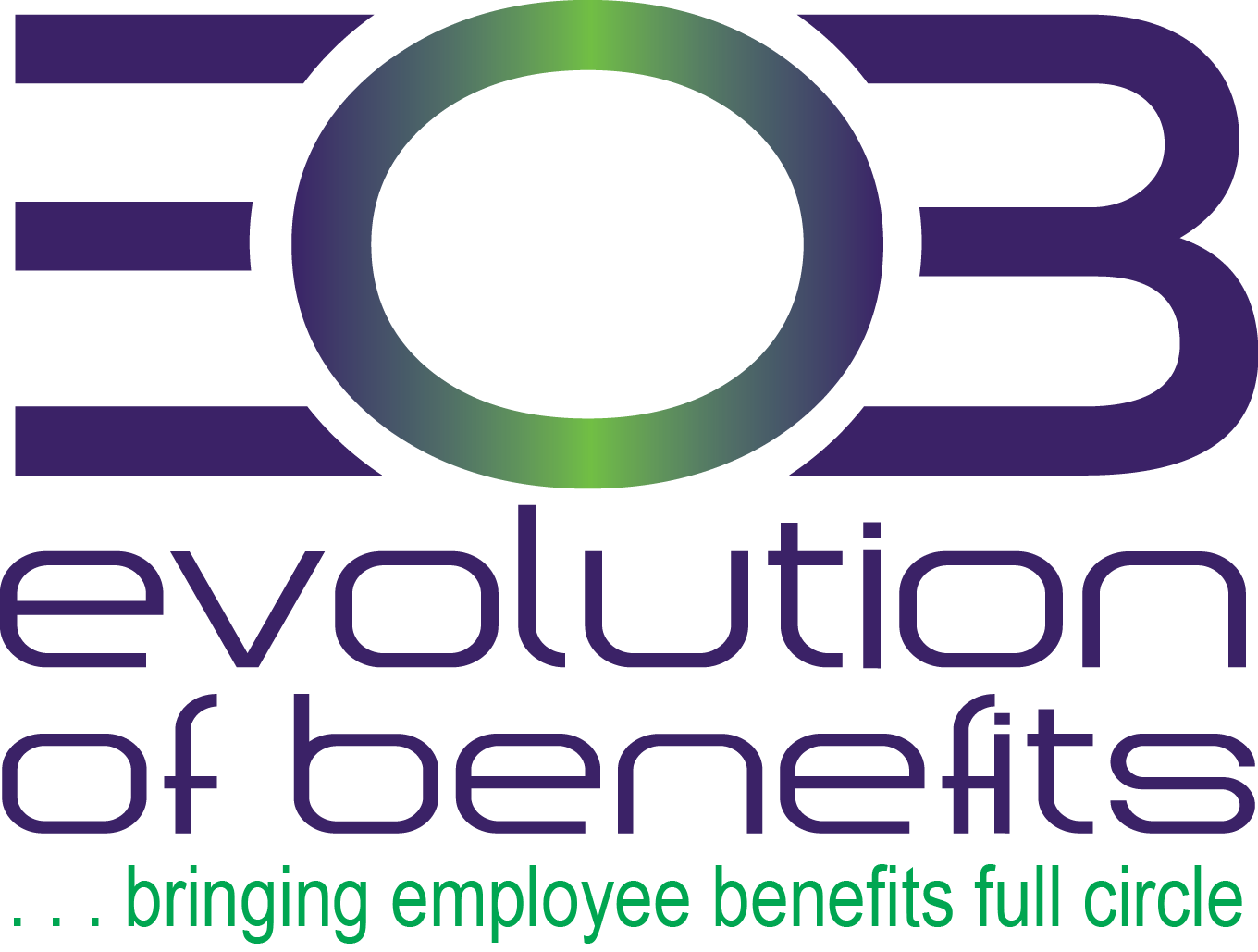Healthcare Reimbursement Arrangements
By purchasing a high deductible health insurance plan, an employer reduces his/her premiums. From these premium savings, monies can be set aside to help offset some or all of an employee’s additional out-of-pocket liability.
Healthcare Reimbursement Arrangements (HRAs) are part of the IRS code section 105 “defined contribution plans”. Final regulations were released in June of 2002 allowing for HRAs to be allowed on a tax favorable basis.
IRS guidelines allow for the following
• There are no plan design requirements to qualify for an HRA plan
• HRA accounts must be funded with employer dollars
• Monies reimbursed to an employee for eligible out of pocket medical expenses are deductible to the employer (monies are not deductible until actual reimbursements are made)
• Monies are received by the employee as non-taxable income
Employers can elect to have the entire fund assigned to the employee, or only reimburse for actual eligible expenses incurred
| Assigning the entire fund to the employee | Reimbursing only for actual eligible expenses incurred |
| Premiums savings are automatically reduced since funds are assigned regardless of actual claims experience | Total amount of HRA must be available if eligible expenses are incurred |
| The entire amount pledged to the HRA becomes the employees | Employer retains unused funds |
| Unused portions of the funds are carried over from year to year | Premium savings are only reduced by eligible reimbursements when and if they are incurred |
| Should employment terminate the employee takes the balance of his/her fund and can continue to use for eligible reimbursements without taxation or penalty | |
| After age 65 monies can be withdrawn for non eligible medical expenses subject to normal income tax but no penalty |
Speak with one of our Benefit Consultants today.
ASO | Self-Funded
Under a self-funded approach, the employer assumes the risk for claims incurred and paid on its employees and their covered dependents. The employer would pay a fixed cost for the administration of the plan using a Third Party Administrator (TPA), or through an Administrative Services Only (ASO) arrangement with a major insurance carrier.
Self-funding is especially beneficial for an organization that expects to grow. When a new employee is hired the minimum amount of time before that person or his/her family member to generate a paid claim is usually 3-4 months. While under a fully insured program, the entire premium is paid to the insurer from day one, with a self-insured plan, only the minimal fixed costs are paid until such time as a claim is actually generated.
Finally, it should be noted that in the event of a high claims year, the reinsurer will increase the following year’s maximum liability. However, unlike under a fully insured plan when premiums are also be increased for the upcoming year, for a self-funded approach, the increased potential cost is not paid unless warranted by the actual claims.
Disadvantages to self-funding include:
- Inability to predict exactly when claims will actually be incurred
- Although an employer maintains his own reserve fund, he is also responsible for the Run Off Claims, should the plan be terminated.
Advantages to self-funding include:
- Increased cash flow
- Potentially significantly lower costs, depending on actual claims
- Lower administrative costs
- Flexibility in plan design
- Ability to control “Reserve” dollars normally held by the insurance company.
Reinsurance coverage can be purchased to protect the company against an extremely large claim or a multitude of lesser claims. Premiums for this protection would provide two forms of insurance:
- Specific Stop-Loss Protection. An insurance policy is purchased through a reinsurance company to protect against any individual claims. The employer would accept the risk on any one individual during the plan year up to this amount (typically $60,000, $70,000 or $80,000). The reinsurer immediately reimburses claims that exceed this amount, during the plan year.
- Aggregate Stop-Loss Protection. An additional insurance policy is purchased to protect the Company against the total number of claims that may be incurred and paid during the plan year. The reinsurer establishes monthly claim factors for single and family coverage. Similar to fully insured premiums, these are multiplied by each month’s actual enrollment to establish a year-end maximum amount. Should all claims under the Specific Stop-Loss level exceed this amount the reinsurer accepts the responsibility for the balance.
Speak with one of our Benefit Consultants today.




















